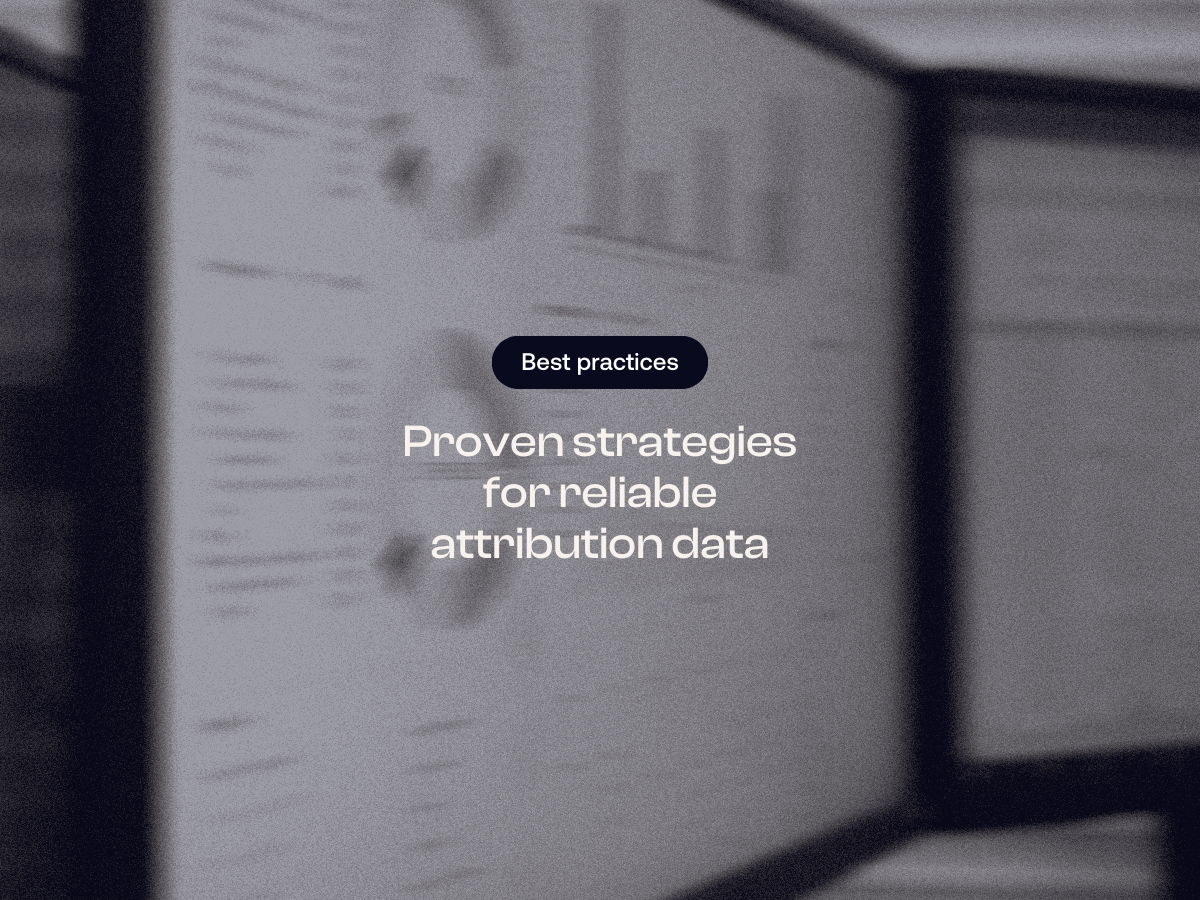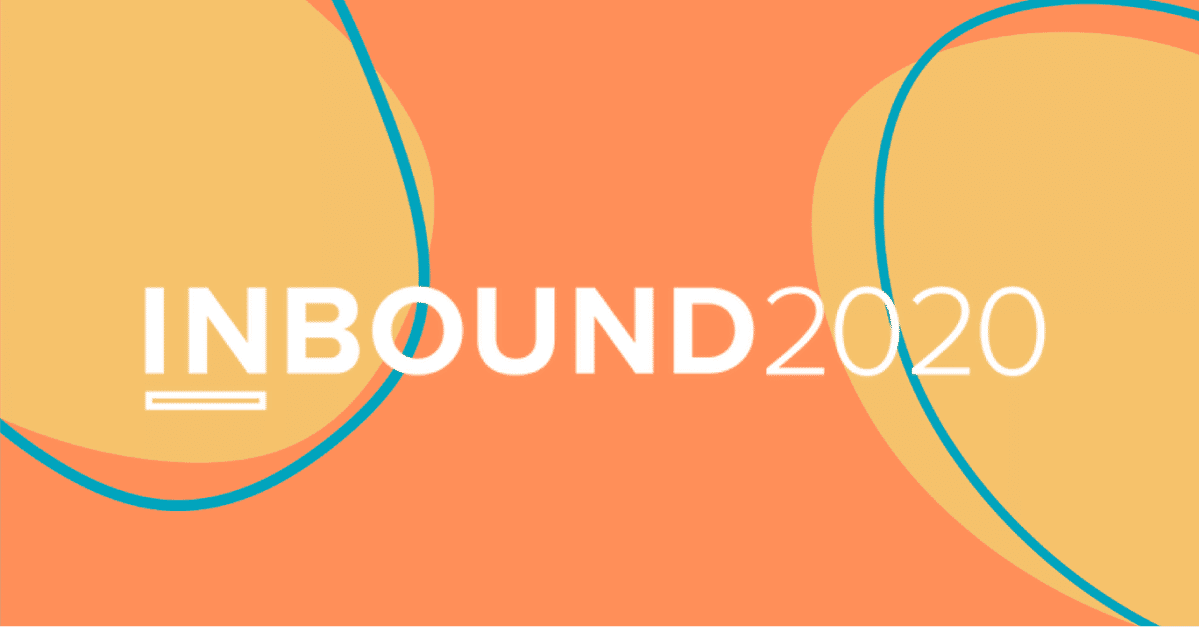Which marketing attribution data should you trust

Last updated: 22 May 2025
Ever found yourself staring at three different analytics dashboards, each telling a completely different story about your marketing success?
We’re pretty sure most people have. One of the most common frustrations for e-commerce businesses is the maddening discrepancy between attribution data across platforms. Your Meta Ads Manager claims 100 conversions, Google Analytics shows 60, and your HubSpot dashboard reports something else entirely.
But never fear, there are reasons why this happens and solutions on offer. Plus, we talk you through the data sources you can actually trust. You’ll want to know these before your next marketing meeting.
When your attribution data doesn't match across platforms
Before we can determine which attribution platform is ‘right’, we need to understand why they all show different numbers in the first place.
Here's what's happening with your marketing attribution data.
Each platform has its own agenda
Advertising platforms like Meta and Google have a vested interest in showing you that their ads are working.
They use different attribution models
Every platform uses a different attribution model by default. This makes their data almost impossible to compare out of the box.
- Shopify Analytics: Typically uses a last-click model and has a shorter attribution window
- Google Analytics: Offers several attribution models but defaults to last non-direct click
- Meta Ads: Uses its own attribution model and often includes view-through conversions
- Dedicated attribution tools (like Triple Whale): Use multi-touch attribution to distribute credit across touchpoints
Platform limitations affect data collection
Since Apple's iOS14 privacy changes and the gradual phasing out of third-party cookies, many platforms struggle to track users across devices and sessions accurately. These iOS14 attribution problems have forced each platform to develop its own workarounds, leading to further inconsistencies.
Time zones and attribution windows differ
Different platforms may set different time periods for attributing a conversion to a marketing effort. For example, Google Ads might credit a conversion within 30 days of a click, while your Shopify store might only look at the last 7 days.
Comparing the main attribution platforms for e-commerce
The key differences between attribution platforms like Shopify and Google Analytics are important to be aware of.
Shopify Analytics
Shopify's built-in analytics primarily uses a last-click attribution model, meaning it gives credit to the last touchpoint before purchase.
Pros:
- Directly integrated with your store data
- Shows actual revenue numbers (no estimation)
- Simple and easy to understand
Cons:
- Oversimplifies the customer journey
- Assumes one-click sales which is rarely realistic today
- Doesn't account for the influence of upper-funnel marketing activities
When to trust it: Shopify Analytics is great for getting a clear picture of your overall business performance and revenue, but it's not the best for evaluating specific marketing channels.
Google Analytics
Google Analytics offers multiple attribution models but traditionally defaults to last non-direct click attribution.
Pros:
- Comprehensive tracking across your website
- Multiple attribution models available
- Excellent for understanding user behaviour
Cons:
- Struggles with cross-device tracking
- Often undercounts conversions from social platforms
- Complex to set up correctly for e-commerce
When to trust it: Google Analytics is reliable for website performance metrics and understanding user journeys. It is a useful tool for identifying trends and website issues, but not always the best for paid social attribution.
Meta Ads Manager
Meta uses its own attribution models and often includes view-through conversions, where someone saw an ad but didn't click before later converting.
Pros:
- Provides detailed data about Facebook and Instagram campaigns
- Shows the impact of both clicks and views
- Excellent for optimising within the Meta ecosystem
Cons:
- Notorious for overclaiming conversions
- Limited visibility into other marketing channels
- Heavily impacted by iOS14+ privacy changes
When to trust it: Meta's data is best used for comparing the relative performance of different Facebook and Instagram campaigns against each other, not as an absolute measure of performance.
The complexity of modern customer journeys
It is also a good idea to look into your customer journey and uncover more about how your customer moves through the sales funnel to ultimately making a purchase.
Gone are the days when customers would simply see an ad, click it, and make a purchase. Now a customer’s journey attribution is a winding road with multiple touchpoints across various channels and devices.
The process is more like:
- A customer discovers your brand through a TikTok video (but doesn't click)
- Later, they see a Meta ad and click through to browse your products
- They leave without purchasing but get retargeted with Google ads
- Two days later, they search your brand name on Google
- They visit your site, add items to cart, but abandon it
- They receive an abandoned cart email
- Finally, they click the email link and complete their purchase
So who gets credit for that sale when there were multiple touchpoints?
- TikTok played a crucial role in initial discovery
- Meta drove the first site visit
- Google reinforced your brand and drove another visit
- Email closed the deal
This complexity is precisely why marketing attribution for e-commerce is so challenging, and why different platforms show such diverse results. Each platform only sees part of the story and naturally wants to take credit for the conversion.
Which marketing attribution data is most accurate?
The truth is that no single platform tells the complete story. When it comes to e-commerce attribution tools, each has its strengths and blind spots.
However, if you're looking for the most accurate and balanced view of your marketing performance, dedicated multi-touch attribution tools are typically your best bet. Here's why:
They take an agnostic approach
Unlike Meta or Google, third-party attribution tools don't have a vested interest in making any particular channel look better. Their job is to provide an objective view of the customer journey, showing how each platform and channel contributes to conversions.
They recognise the multi-touch reality
These days, customers rarely convert after a single interaction. Dedicated attribution platforms are designed to look at the entire user journey and acknowledge the role that each touchpoint plays in the conversion process.
A good attribution tool will appropriately distribute credit to each channel, while Shopify might only credit the email and Meta would claim full credit for itself.
They help resolve platform conflicts
When Meta shows 200 conversions and Google shows 50, third-party attribution tools can help you understand why these attribution discrepancies exist and provide a more realistic number based on actual customer journeys.
How to approach attribution data wisely
Since no attribution system is perfect, here's how to think about your data strategically:
Use multiple data sources
- Shopify Analytics: Trust for overall business performance and revenue
- Google Analytics: Use for website behaviour and traffic sources
- Ad Platforms: Best for comparing campaigns within that platform
- Attribution Tools: Rely on these for cross-channel analysis and budget allocation
Focus on trends over absolute numbers
Instead of obsessing over exact conversion counts, look at trends over time. Is Facebook performance improving relative to last month? Is your cost per acquisition trending down? These insights matter more than precise numbers.
Test and verify with controlled experiments
Run occasional tests where you pause specific channels to see the actual impact on your business. This helps verify what your attribution data is telling you.
Dedicated multi-touch attribution tools
There are several dedicated attribution platforms designed specifically to solve the attribution puzzle. Here are some of the most popular.
Triple Whale
Triple Whale is designed as an agnostic attribution tool that looks at the complete user journey and allocates credit across multiple touchpoints.
Pros:
- Provides a more balanced view of each channel's contribution
- Shows both assisted conversions and direct conversions
- Helps identify the true impact of upper-funnel marketing
- Particularly strong for Shopify stores with Meta ads attribution accuracy issues
Cons:
- Requires proper setup and integration
- Another tool and cost to manage
- Still relies on trackable data points
- Limited to Shopify stores
Northbeam
Northbeam offers both multi-touch attribution and media mix modelling capabilities, with enterprise-grade features and real-time data updates.
Pros:
- Works with multiple e-commerce platforms, not just Shopify
- Provides detailed customer journey analysis
- Offers media mix modelling for budget allocation
- Refreshes data multiple times daily
Cons:
- Higher price point
- More complex to use than some alternatives
- May be overkill for smaller businesses
Windsor.ai
Windsor.ai is a flexible attribution platform that emphasises cross-channel data integration and even offers predictive analytics capabilities.
Pros:
- Supports 40+ data sources
- More affordable pricing, with free options available
- Offers machine learning-based attribution models
- Integrates well with visualisation tools
Cons:
- Requires more setup and analytical effort
- Less specialised for e-commerce than some alternatives
- Steeper learning curve to maximise value
Wicked Reports
Wicked Reports excels at tracking long, multi-step customer journeys, especially for businesses that rely heavily on email marketing.
Pros:
- Excellent for understanding lifetime impact of marketing
- Strong integration with email marketing platforms
- Good for businesses with longer buying cycles
- Tracks customer value over time, not just initial purchase
Cons:
- More complex interface than some competitors
- Primarily focused on digital marketing data
- Pricing scales based on contacts in your CRM
Selecting the right attribution tool for your business
When selecting an attribution tool, consider these factors to find which attribution model is most accurate for your business:
Business size and budget
- Small businesses: Some tools, like Triple Whale and Windsor.ai, offer affordable options, including a free tier
- Mid-sized e-commerce: Triple Whale (if on Shopify) or Wicked Reports
- Larger operations: Northbeam or other enterprise solutions
- Lead generation: HubSpot or other CRM based solutions
Business model
- Pure e-commerce (Shopify): Triple Whale is purpose-built for this
- E-commerce (any platform): Northbeam or Windsor.ai
- Businesses with complex email funnels: Wicked Reports
- Multiple online/offline channels: Consider more comprehensive solutions. If you use HubSpot as your CRM, measure this within HubSpot's Campaigns tool
Technical resources
- Limited technical team: Look for plug-and-play solutions with good support. This typically means paying for a plan, as freemium offerings usually provide less support to their free users
- Data-savvy team: More flexible platforms might offer greater customisation
Knowing how to choose the right attribution tool for e-commerce comes down to understanding your specific needs, budget constraints, and technical capabilities.
Attribution tools are worth looking at
When it comes to marketing attribution, dedicated attribution tools typically provide the most accurate and balanced view of your marketing effectiveness. These tools are specifically designed to overcome the biases and limitations of platform-specific analytics and explain attribution discrepancies.
However, the smartest approach is to use multiple data sources together:
- Use Shopify for revenue and business performance
- Use Google Analytics for website behaviour
- Use ad platforms for campaign-specific optimisations
- Use dedicated attribution tools for cross-channel analysis and budget decisions
No attribution system is perfect, but by understanding the strengths and limitations of each platform, you can make more informed decisions about where to invest your marketing budget.






